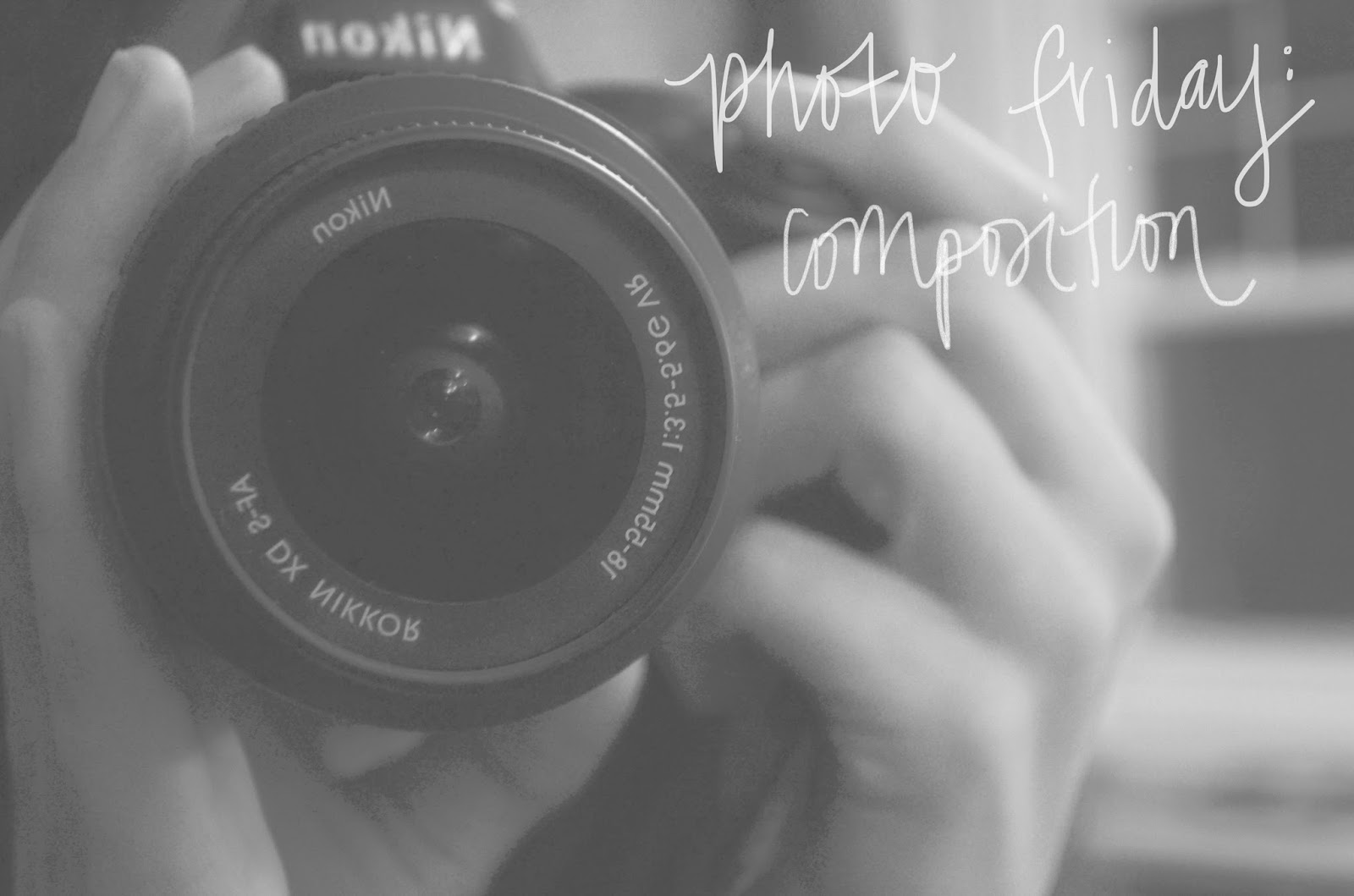Well, I completely spaced on posting this Friday night!...I was so excited it was Friday that I got home and immediately plopped down on the couch with nail polish and Netflix and intentions of doing
absolutely nothing for the rest of the night. Better late than never though, right? ;)
Today's post is about taking photos in low light...good lighting is pretty scarce this time of year, with the sun going down so early. Of course, there are some photos that just need to be taken during the day (for example, product photos), but I've found lots of tips about situations where you can make low light work. So I think it would help me feel more motivated to get my camera out in the evening if I learned a little about how to shoot in not-so-great lighting conditions (and how to embrace the lack of lighting)...Sometimes it is so frustrating!
First Step, Master Manual Mode...I'm still learning about how to get the right settings, but learning how to use manual mode has been so helpful. In low light you generally want to open your aperture wide, and increase your ISO. If you haven't already read my post on the basics of manual mode, you can find it
right here. If you want to take the next step, getting a lens that can achieve a wider aperture (so a lower number -- remember that confusing lesson we learned a few weeks ago?) can be a huge help. I got
this one for christmas and love it.
Steady Hands...Since low light photography usually requires a slower shutter speed, you need to stay pretty still while getting your photo. If you have shaky hands (like me) one option is a tripod...I don't have one so I use books or a chair or a bed...whatever is available. It also helps to steady your elbows on something and hold your breath. Take a deep breath and hold it in as you take the photo. It really helps.
Get Creative About Finding Light...I've read a lot of different photography tutorials that talk about getting as much as you can out of the light you have available. One thing to do is to find ways to reflect light. You can use a real reflector, or something like a white poster board. Sometimes I find that the light I have available creates weird shadows, so I think this technique might be useful. (This is something that is also used in situations where light is really harsh...put your subject in a shadier spot, right across from a white wall that will cast more diffused light on your subject).
Take Continuous Shots...This site suggests setting your camera to take continuous shots, this makes it more likely that you will get a sharp photo. I'm not sure how I feel about ending up with a million useless photos on my camera...but it's worth a try!
In Low Light Situations Where You Want to Keep the "Low Light Feel"...I really like this post on
shooting in low light. She talks about
overexposing your image a little, and then editing it later. That way you have all the info you need in your raw file and can mess around with the lighting later. She says to "expose the the right" which means "overexposing, and checking your histogram and blinkies until important areas in your image begin to blow. Next, take the exposure down by 1/3 stops until those areas are protected (or not blown but on the verge of blowing). For example, if exposing for skin, overexpose until the brightest area of the skin has blinkies. Then bring exposure down by 1/3 of a stop at a time until the skin is not overexposed. The image on your LCD will likely look brighter than the image you are envisioning as an end product..." Using this technique also minimizes grain...which can be a problem with low light photography (though sometimes I love photos where the photographer has embraced the graininess, so it depends on what you're going for).
If You Absolutely Must Use A Flash...I really hate using a flash, but there are some times when you can't for the life of you figure out how to get a good picture without that extra little bit of light. In those cases, I've found tutorials that suggest that you put a tissue or a little piece of white paper in front of your built in flash to diffuse the light...I've tried it a couple of times and it actually works pretty well. (Also, check out these
DIY Lighting Hacks).
A Few More Helpful Links...
This post has a great overview of how to address a variety of bad lighting problems, including low light.
If your photo still ends up underexposed,
here is a bit about how to fix it using editing software, such as Photoshop.
I think in the future I'll do another post about finding the right light, and getting the most out of different types of lighting...I came across some pretty interesting information about how lighting can effect your photography. How do you find the right light for your photos? Are there any techniques that you find particularly helpful low light situations? I would love to hear from you!

















































